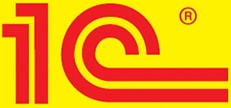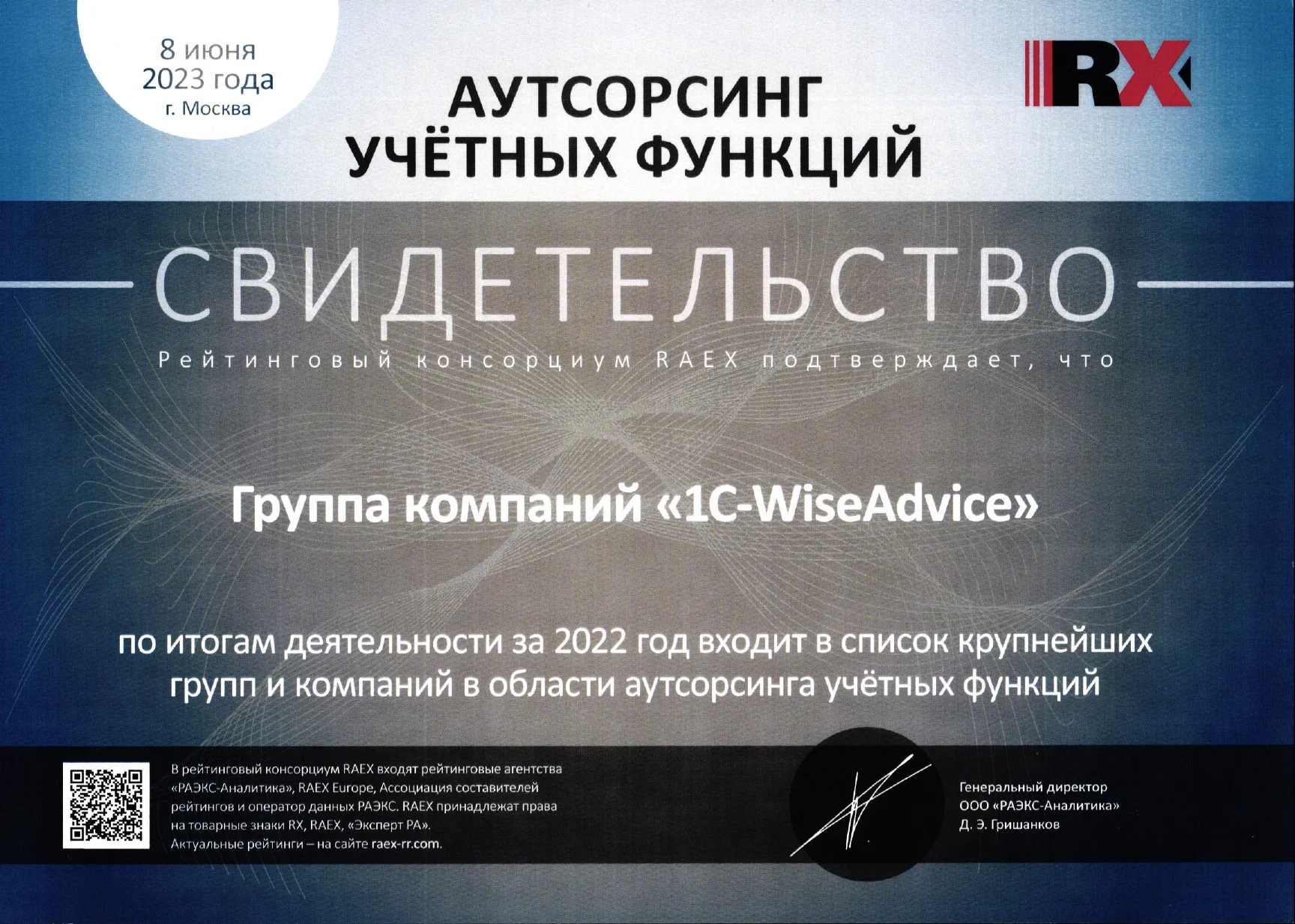Consulting in document management
The majority of medium and large companies can essentially reduce their financial risks and staff expenditure by reviewing their existing system of work with documentation in the company. However, this is no easy task: it is necessary to bring together all the processes related to all documents existing in the company; assess their efficiency and necessity; find opportunities for optimization, then introduce new regulations and procedures for facilitating and arranging work.
We suggest that instead of using up your own resources on this tedious work you use our new service: consulting in document management. As a result you will receive a totally debugged and systematized document flow, which is easy and convenient to work with. And if you wish to switch to an electronic document flow system your documents will be ready for that.
Errors and risks when dealing with documents
A poorly arranged document flow system will inevitably lead to risks when dealing with documents. Below we have listed the most common problems faced by our clients. Forewarned is forearmed!
-
Documents get lost
-
- Administrative fines are up to three hundred thousand roubles in the course of any inspection and request for documents
- failure to perform contractual obligations
-
Documents created with errors
-
- Loss of legal value of documents
- financial losses
-
Documents being agreed over a long time
-
- losing clients
- Wastage of salary funds
-
Not arranged system of documents storage and destruction
-
- inability to rapidly search for documents
- Destruction of documents, storage time not yet expired
-
Documents are not protected against human factors
-
- Documents overlap
- Exceeding a threshold for documents processing
- Inefficient working time management
Check your company
Document management is arranged
- Who keeps records of documents?
Individual employee or department. - How much time does the search for a document take?
Under 3 minutes, they never get lost. - How is the document storage organized?
In a convenient archive. - What is the order of employee’s action upon receiving documents?
Employees always know what they have to do (there are regulations) - How are new documents created?
Applying templates, without errors. - What is the approval time frame?
Predicted and known to the head. - How are working hours monitored?
The monitoring of working time is arranged, staff’s performance is assessed, assignments are performed in due time. - How do sickness, dismissal and vacation of employees influence performance?
Does not result in business stoppage or loss of information and documents. - How is access to the documents limited?
Every employee can see only documents related to his work.
Consulting is required
- Who keeps records of documents?
Personally the head, or every employee on his own way, or nobody. - How much time does the search for a document take?
A lot of time, they cannot be found at all. - How is the document storage organized?
In the employees’ offices or on their tables, there is no catalogue; third persons have unrestricted access to the documents. - What is the order of employee’s action upon receiving documents?
New employees don’t know what to do until they get trained. There are no regulations or they are outdated. Documents can be forwarded to another employee by mistake. - How are new documents created?
Prepared in any format (if there is no form established by legislation), often they are redone due to errors - What is the approval time frame?
Not regulated, for this reason the expected date of readiness of the document is frequently delayed - How are working hours monitored?
There is no monitoring or it is not analyzed, timelines of work assignments are not planned, staff’s performance is conventional. - How do sickness, dismissal and vacation of employees influence performance?
Results in business stoppage and loss of information, unless the employee performed the handover in advance. - How is access to the documents limited?
The employee has access to documents related to his work even after leaving the company.
| Document management is arranged | Consulting is required | |
|---|---|---|
| Who keeps records of documents? | Individual employee or department. | Personally the head, or every employee on his own way, or nobody. |
| How much time does the search for a document take? | Under 3 minutes, they never get lost. | A lot of time, they cannot be found at all. |
| How is the document storage organized? | In a convenient archive. | In the employees’ offices or on their tables, there is no catalogue; third persons have unrestricted access to the documents. |
| What is the order of employee’s action upon receiving documents? | Employees always know what they have to do (there are regulations) | New employees don’t know what to do until they get trained. There are no regulations or they are outdated. Documents can be forwarded to another employee by mistake. |
| How are new documents created? | Applying templates, without errors. | Prepared in any format (if there is no form established by legislation), often they are redone due to errors |
| What is the approval time frame? | Predicted and known to the head | Not regulated, for this reason the expected date of readiness of the document is frequently delayed |
| How are working hours monitored? | The monitoring of working time is arranged, staff’s performance is assessed, assignments are performed in due time. | There is no monitoring or it is not analyzed, timelines of work assignments are not planned, staff’s performance is conventional. |
| How do sickness, dismissal and vacation of employees influence performance? | Does not result in business stoppage or loss of information and documents. | Results in business stoppage and loss of information, unless the employee performed the handover in advance. |
| How is access to the documents limited? | Every employee can see only documents related to his work. | The employee has access to documents related to his work even after leaving the company. |
Stages of project and results
-
Stage 1. Audit
-
Stage 2. Implementation
Every company has an existing system for handling documents. Mostly this has been chaotically formed based on production needs, for this reason there are still outdated regulations and excessive procedures on work with documents. We investigate the whole existing system, determining weak points and growth areas. As a result you will receive recommendations directed to the adjustment of all processes and for bringing the system to uniformity.
- Assessment of condition
of document flow - Arrangement of document flow
What do we do:
- Interview units;
- Examine the current conditions of document flow
- Assess readiness for implementation of electronic document flow.
Result:
- An analytical report on the condition of the document flow containing a description of the current processes and assessment of the readiness for implementation of electronic document flow;
- Recommendations on the preparation of document flow for automation.
What do we do:
- Form recommendations for arrangement of document flow
- Design and adjust the File Register
Result:
-
Content of recommendations for document flow arrangement:
- types of documents, their templates and rules of execution, registration, and storage;
- rules on coordination, approval and execution of documents;
- functions of employees, distribution of obligations and access; monitoring system;
- internal policies and procedures;
- Employee’s KPI (assessment of performance).
- Consolidated File Register
Our objective is to help you carry through with an appropriate system of records management rather than just leave you with a set of recommendations. Their practical implementation requires a systemic approach and bird’s eye view of record-keeping in the organization. We are happy to assist you in this complex task and put our recommendations into practice.
- Establishing record-keeping
guidelines - Setting up a records
management service
What we do:
- We draft local guidelines and directives.
Result:
-
Formal policies regarding:
- records management;
- compliance with administrative orders;
- contracts;
- compliance with guidelines;
-
Documents:
- administrative;
- regulatory;
- operations checklists and flowcharts;
- others (as specified by you).
What we do:
- We calculate the optimum headcount;
- We create an organizational structure;
- We establish guidelines for the service.
Result:
- Record-keeping guidelines;
- Job instructions for document management employees.
3 advantages
-
1
Convenience
The necessary documents are kept handy at all times, their search and work with them becomes quick and easy. The approval time frame is known, allowing for planning your work. Top-management is provided with accurate and timely information which fact significantly increases the quality and efficiency of management decisions taken.
-
2
Profit
Financial risks, personnel expenditures and costs on management procedures are minimized. Performance becomes more efficient due to the fact that less working time is spent on document processing. As a result the net cost of manufactured products and services offered is reduced.
-
3
Security
There are no issues with reconciliation with the tax inspectorate and contractors as documents contain no errors, they are available and accessible. The adaptability of the company on the market is enhanced. Heads may be sure that the work will be performed in a timely and effective manner, and there will be no need for reworking.
How do we know this?
The technique of consulting in document management is 1C patented development. It uses only solutions that have proven their effectiveness in practice.
This technique is aimed at helping you to make your first step towards the automation of document flow instead of leaving you with a set of complicated materials.
-
partners have been trained
-
enterprises have effectively used the technique of arrangement of document flow
-
years of successful use of this technique

1С-WiseAdvice is an accredited partner of 1C in implementing its “Consulting on document management” methods.


